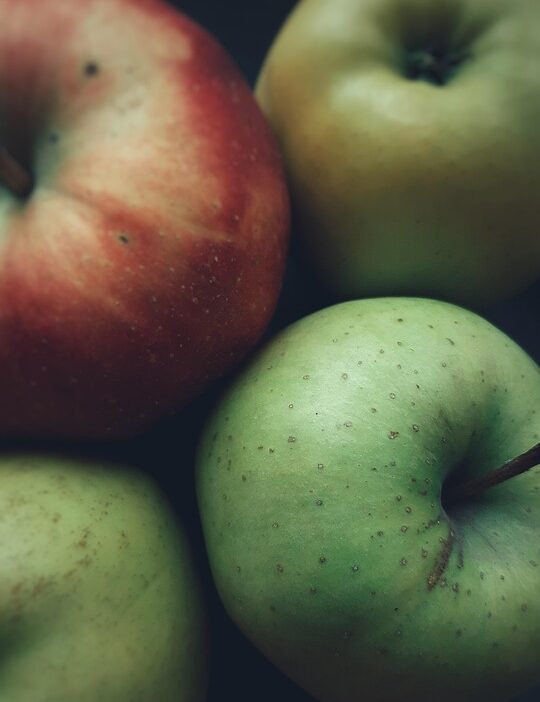In the ever-evolving landscape of technology, Apple’s role as a market leader has been a focal point of discussion amongst analysts, competitors, and consumers alike. With its distinctive blend of innovation, design, and strategic marketing, Apple has built a loyal customer base that remains steadfast, even in the face of intensifying competition from various technology firms. This article will delve into the current market trends, consumer preferences, and the competitive dynamics surrounding Apple and its rivals.
The Apple Ecosystem: A Competitive Advantage
One of Apple’s most potent advantages lies in its ecosystem. Products like the iPhone, iPad, Mac, Apple Watch, and services such as iCloud, Apple Music, and the App Store are seamlessly integrated, creating a user experience that is hard to replicate. Consumers often find themselves entrapped in this ecosystem, where their preferences become aligned with Apple due to the convenience of interconnected devices and services.
Recent trends indicate that consumers are prioritizing seamless user experiences over price. This observation is particularly relevant among younger demographics, who show a willingness to spend more for devices that enhance their productivity, creativity, and connectivity. Apple’s focus on premium quality and cutting-edge design aligns perfectly with these consumer trends.
Competitive Landscape
1. Samsung: The Main Contender
Samsung remains Apple’s most formidable rival, boasting a diverse product range that includes smartphones, tablets, and wearables. Samsung’s Galaxy series has successfully captured a significant share of the premium smartphone market, especially in regions such as Asia and Europe.
The company’s strategy of offering a broader price range has allowed Samsung to appeal to budget-conscious consumers as well. Recent market statistics reveal that Samsung’s sales continue to grow, particularly in the mid-tier segment, thereby posing a direct challenge to Apple’s pricing strategy, which typically skews towards the higher end.
2. Google: The Software Giant
Google has made strides in the hardware market with its Pixel line of smartphones and the increasing popularity of its Nest smart devices. The strength of Google lies in its software and AI capabilities. With advancements in machine learning and AI, Google has positioned its products to deliver superior user experiences, particularly with photography and voice commands.
The competition also extends to services, where Google offers competitive alternatives to Apple services like Google Photos and Google Drive. As consumers increasingly value cloud integration and cross-platform functionality, Google’s strategy to foster a more open ecosystem could sway a segment of Apple’s users.
3. Emerging Brands: The New Players on the Block
Not to be overlooked are emerging brands like Xiaomi, OnePlus, and Oppo, which are making significant inroads into the smartphone market. These companies have garnered attention with impressive features at competitive prices, targeting price-sensitive consumers and those seeking value. As they scale their operations and expand their global reach, they pose a serious threat to Apple’s market share, particularly in emerging markets.
Consumer Preferences: A Shift Toward Sustainability and Customization
Recent surveys indicate an increasing trend toward sustainability among consumers. Many shoppers are prioritizing brands with eco-friendly practices and transparent supply chains. Apple has made strides in this direction, pledging to become carbon neutral by 2030 and focusing on using recycled materials in its products. However, competitors are quickly catching up, making sustainability a crucial factor for consumer buying decisions.
Additionally, there is a growing demand for personalization in technology. Consumers are looking for devices that not only meet their demands but also reflect their individual styles and preferences. Companies that offer customizable options may have a competitive edge, as personalization has become synonymous with user satisfaction.
Conclusion
Apple continues to dominate the tech landscape, but this status is not guaranteed. As competition intensifies from established companies like Samsung and Google, as well as new entrants, Apple must continually adapt to evolving consumer preferences. The push for sustainable practices and the demand for personalized experiences are trends that will shape the future of the industry.
In navigating this competitive maze, Apple’s ability to innovate while maintaining its core values will largely dictate its market performance. As consumer behavior shifts, staying attuned to these changes will be key for Apple and its competitors in retaining their market share and customer loyalty. The technology arena remains a high-stakes battlefield where only the most agile and responsive companies will thrive.



